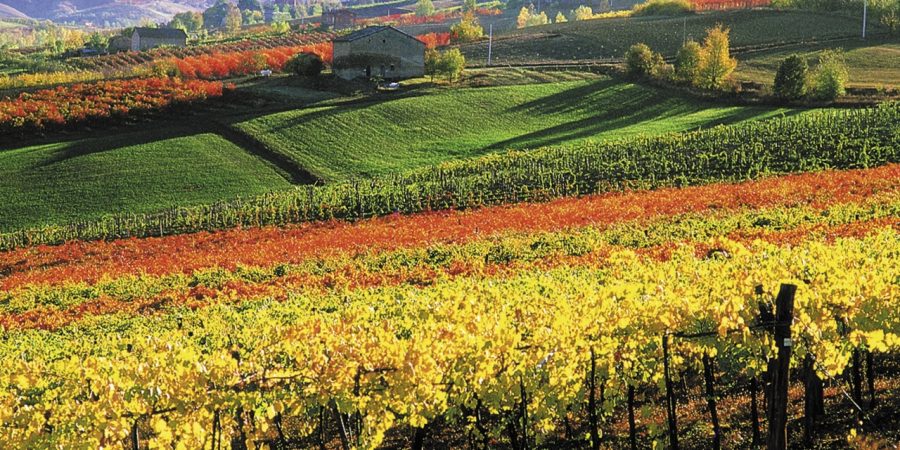The area of Emilia–Romagna may not be as well known as other parts of Italy, but its superior food products are famous the world over.
At Latteria Villa Curta on the outskirts of Reggio Emilia, cheesemaker Gianluca Mantovani has made Parmigiano Reggiano the same way for years. He learned his craft from his father, and he learned from his father. And the method is the same one the monks used to preserve milk more than 900 years ago.
Raw milk is collected from one of the nearby dairies within two hours of milking, and it’s then taken through a process that ends with a large wheel, ready to mature in the storehouse for months, sometimes years. The longer it’s left, the saltier and more concentrated it becomes.
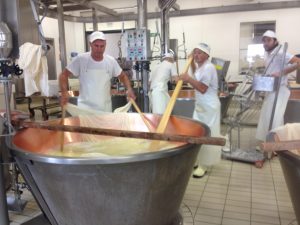
Parmigiano Reggiano is a controlled origin product from Emilia-Romagna, still made the traditional way in many of the dairies in the region. Around 3.5million wheels were produced last year, and most of the dairies function as co-operatives, splitting the profits between them. At around 450 euros a wheel, it’s not a bad line of work to be in.
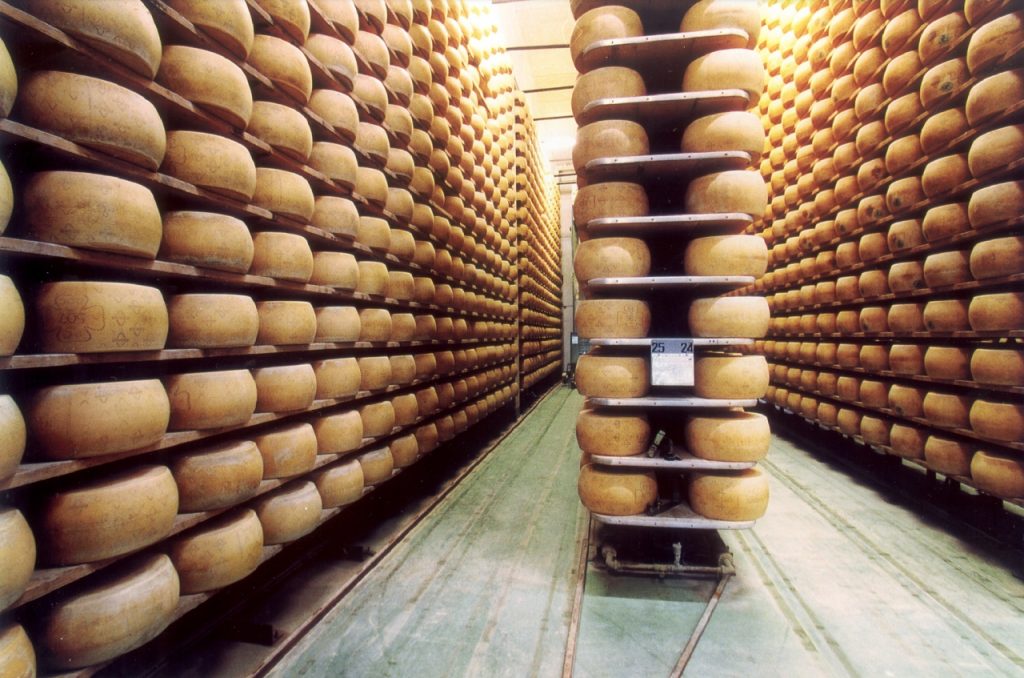
We may be used to seeing Lambrusco, Parmigiano Reggiano, prosciutto and balsamic vinegar on the supermarket shelves back home in the UK, but here, where they’re produced, it’s a whole other ball game. Provenance, quality and taste are integral to the end product.
The flavour of traditional balsamic is so different from what I’m used to, it should have a different name altogether. Traditional balsamic is aromatic, woody, sweet and sour, with a depth and complexity of fine wine. The Romans called it ‘balsamum’ because they used it as a medicine as well as a foodstuff.
Made from the cooked must of local grapes, it’s then left to mature for at least 12 years in wooden barrels. It’s a lengthy and laborious process that involves decanting the liquid bit by bit from barrel to barrel, and explains why the best balsamic can fetch £200 for a small bottle. This is liquid gold.
At Tenuta Venturini Baldini, an organic farm estate some 15km outside of Reggio Emilia, you can sample traditional balsamic and see the process in action. Three marks are used to classify the vinegars into first, second and third quality.
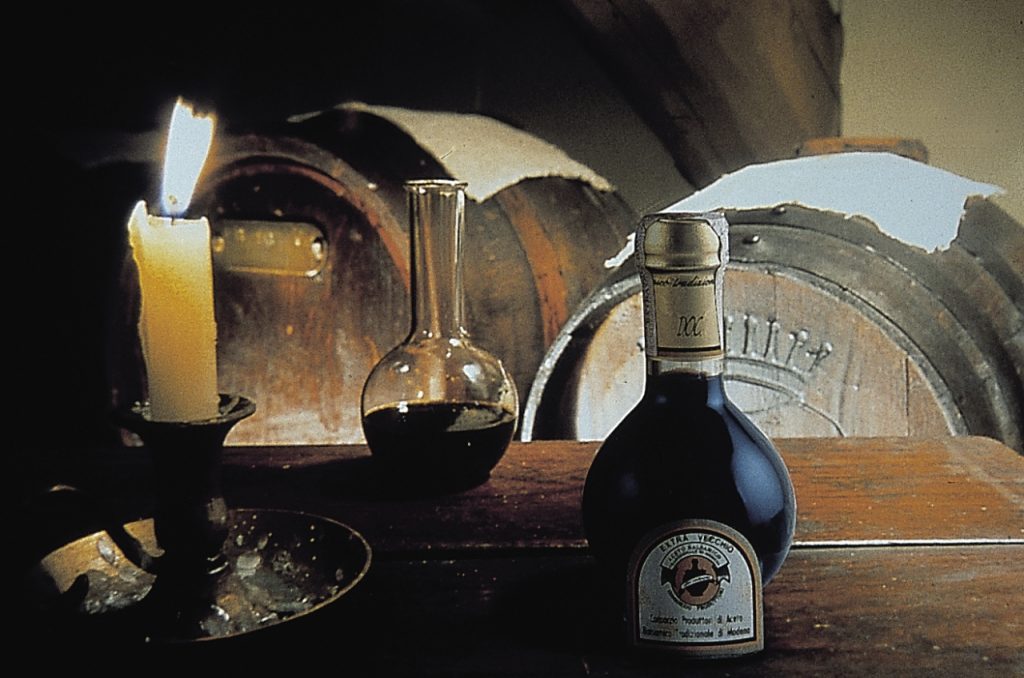
Venturini Baldini also produce Lambrusco – a local grape variety that gets a bad rap abroad but is widely grown, drunk and appreciated here. Numerous vineyards in the Po Valley and its foothills produce the sparkling wine, and this year marked the 8th “Matilde di Canossa Terre di Lambrusco” wine competition, where 209 wines from 60 wineries showcased their wares. That’s a lot of Lambrusco.
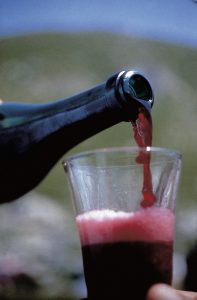
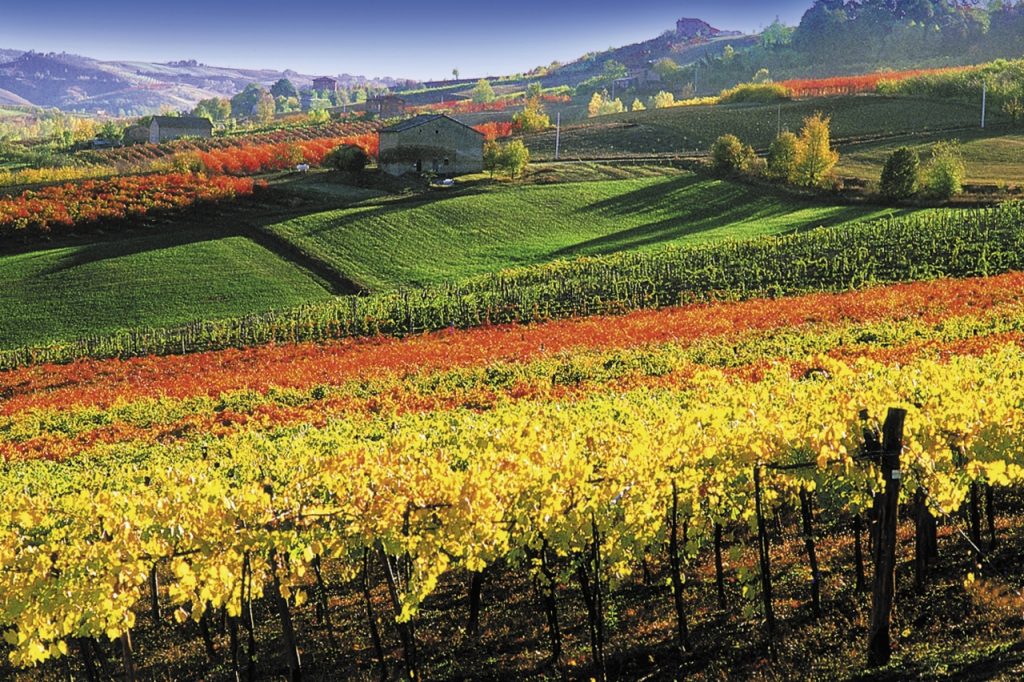
I take a tour of one of the winning vineyards in nearby Scandiano. Casali has been making Lambrusco, Spergoli and Malvasie wine since 1900, and is one of many vineyards that uses the champenoise method. Like balsamic and Parmigiano Reggiano, this is a long and protracted process but one that inevitably yields a superior product. One of the judges of the wine competition describes Lambrusco as “the blood of our region”, which illustrates how important it is here. The wine is enjoyed with local dishes such as cappelletti pasta, gnocchi and meat. It’s perfect for this type of food.
At Agriturismo Podere Acquechiare, just outside Reggio Emilia, Paolo and Marina and their two sons have been growing organic vegetables and Lambrusco grapes for more than 27 years. I take a cookery lesson with chef Paola Picchi, who walks me through the making of tortelli, tagliatelle, courgette salad and focaccia. Being able to cook and eat the fruits of the family farm, including the flour used to make the pasta, is an honour. You can also stay on the farm – they have six beautiful rooms – and the setting is perfect for a country visit not far from town.
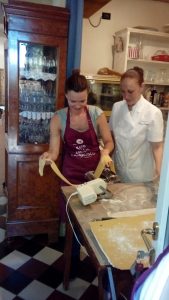
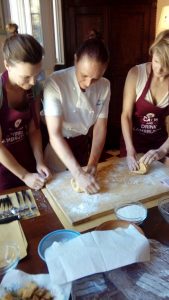
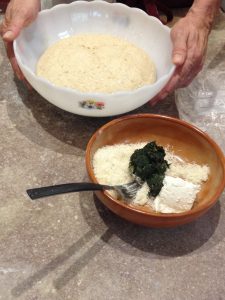
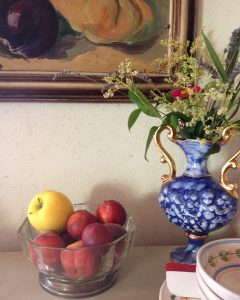
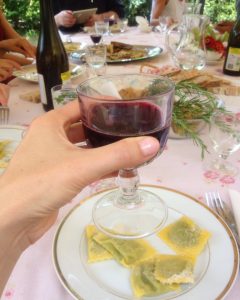
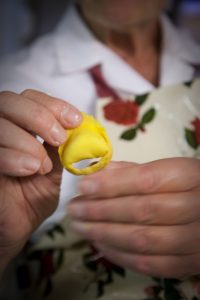
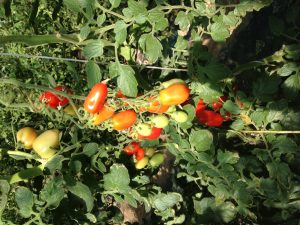
We, however, have a reservation in Bologna. An hour away from Reggio, Bologna is a bigger, busier, grander version of Reggio Emilia. The capital of Emilia-Romagna, it’s home to the oldest university in the world, the “two towers”, and its famous dark red medieval buildings. Here, a different wine pips the post. Pignoletto is an ancient vine grown in the hills around the city, and it produces a young sparkling wine that’s a good alternative to prosecco (though the latter is still widely drunk as an aperitivo). It’s a great match with some of the local cuisine.
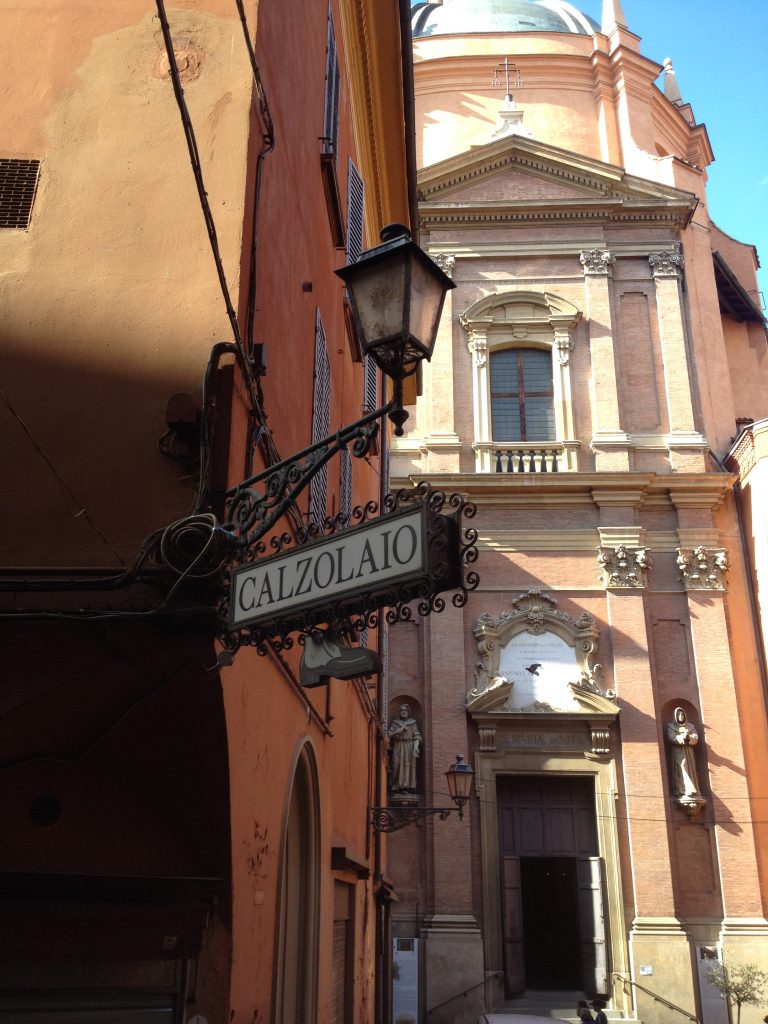
Tortellini takes many forms around the region, and here in Bologna it’s served with sage and butter or with a meat broth. Lasagne, too, is excellent, as is tagliatelle with ragu. Lambrusco and Pignoletto cut through the heavy flavours and textures perfectly.
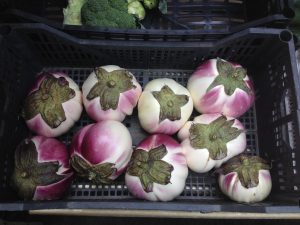
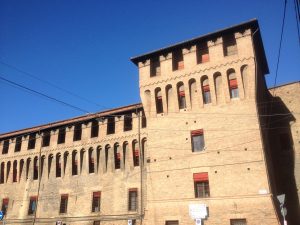
If all that pasta and wine has you gasping for some vegetables, take a walk to Kilowatt, a repurposed public building and garden cafe / co–working space in Serre dei Giardini Margherita park. Here, you can dine on fresh salads and vegetarian dishes. They also host regular film screenings and talks, so even if you don’t eat here, it’s a good place to visit to soak up the atmosphere, especially on a summer’s evening.

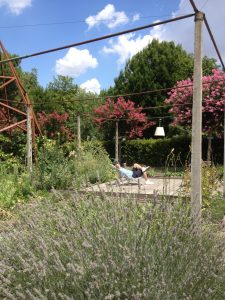
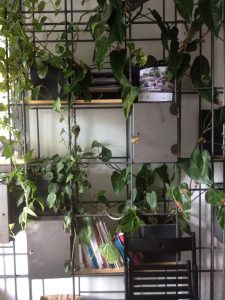
Our hotel, the Novecento, is a stone’s throw from the main square – Piazza Maggiore, which also has free film screenings each evening. To see the piazza full of people, young and old, tourists and locals, taking in a film, probably after enjoying some of the best food and wine in the world, is about as close to la dolce vita as it’s possible to get.
For more information, visit Emilia–Romagna Tourist Board and Bologna Art Hotels.
For the best rates at the Novecento, book here. In Reggio Emilia, I stayed at the Mercure. For best rates, book here.

